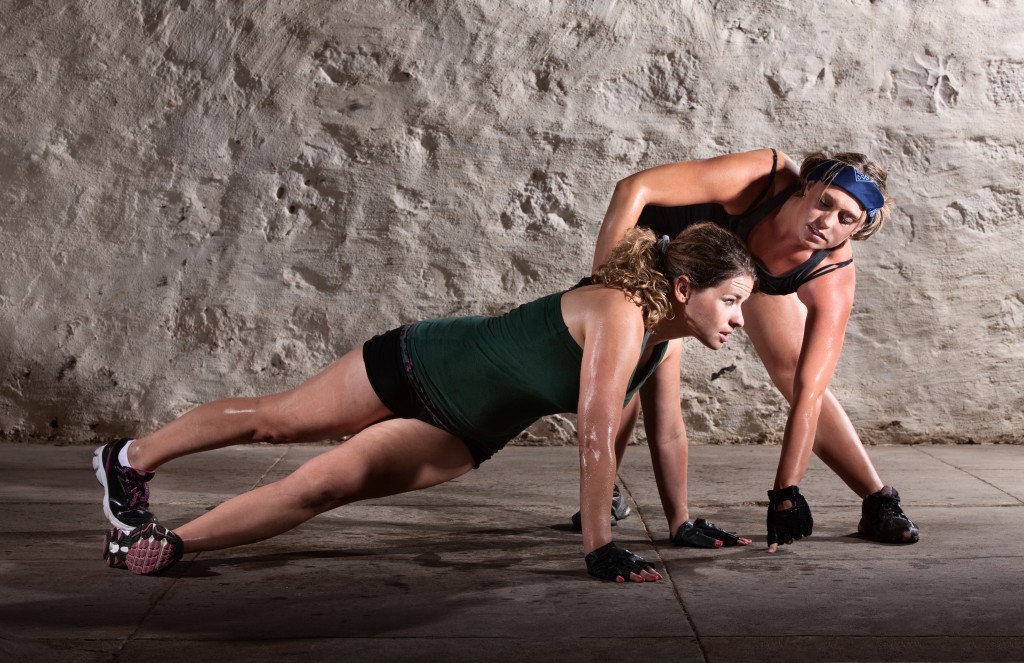Boot camps. Whether you have taught a class, have attended a class, or have heard a friend talk about it, you’re familiar with the term. Boot camps are intense, increasingly popular workouts that don’t require the use of equipment. The workouts are normally done outdoors, but they can also be done indoors at a studio. Boot camps typically incorporate multiple full-body and specific muscle-targeting exercises, as well as sprints and medium-distance running. Boot camps are a great way to get in a full-body workout with a big group, without having to worry about having the right machinery or enough equipment for everyone to use. Today, we are going to talk about some of the basics of boot camps.
The Right Attire
Having the right clothing is very important, considering the clients will want to wear something comfortable that they can jump, run, and stretch in. They will need to have good running shoes with a decent amount of shock absorbance, for the jumping exercises. If the class is outdoors, make sure they aren’t wearing long-sleeve shirts and pants in the heat.
Hydration
Clients should always be hydrated by drinking plenty of water throughout the day, especially before and during the class. It’s a good idea to bring more than a single 16-oz. water bottle to boot camp. When you are working out, at this intensity, you lose a large amount of water from your system, so it is essential to have enough water to stay hydrated.(link to hydration blog http://www.wellfitins.com/blog-posts/hydration-beyond-h2o/)
Circuits
The most basic part of boot camp classes are the exercises; most of which are circuits. These could be anything from thirty seconds of bicycles to thirty seconds of jump squats and then a two-hundred-meter sprint. Circuits can vary, depending on the trainer. The goal of circuits is to keep people from slacking and keep everyone working hard. The moves normally focus on different target muscles throughout the body, to create a full-body workout. It is crucial to ensure each client maintains proper form when doing circuit exercises to avoid injury.
Partner Up
By having people partner up, you are creating accountability within the group, as well as camaraderie. This will help motivate your clients to show up to the next boot camp, because they know their partner is counting on them.
These are some of the basics for boot camps. Boot camps are an effective and fun way to get a group of people to work out together. As the personal trainer who is responsible for each class, it’s important to understand the liability associated with these types of classes and take the time to explain each exercise thoroughly.
It’s worth it to take extra time, at the beginning of each exercise, to fully explain each exercise, in order to avoid a student being injured from improper form or not understanding the exercise. This step, while seemingly small, is one more way that personal trainers can protect their career from lawsuits.


